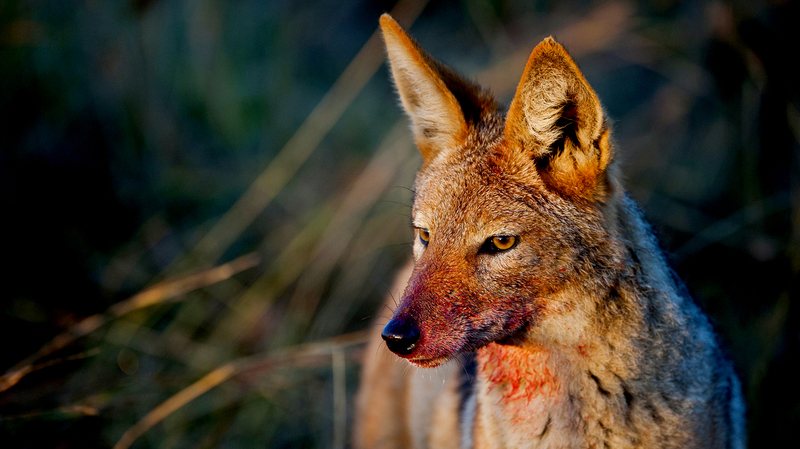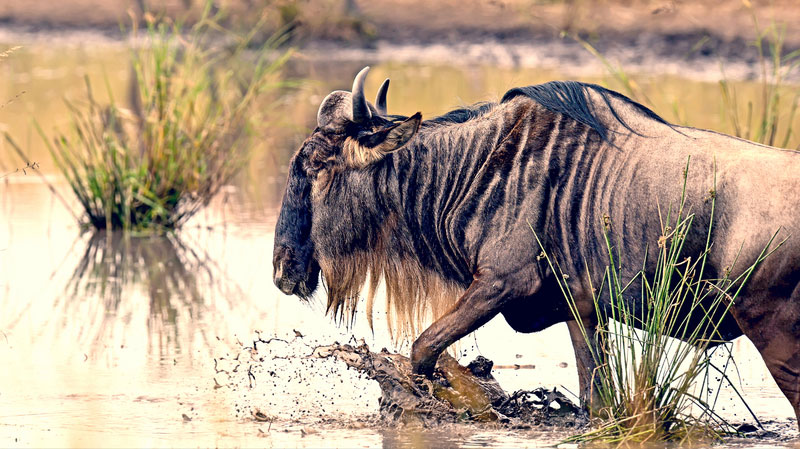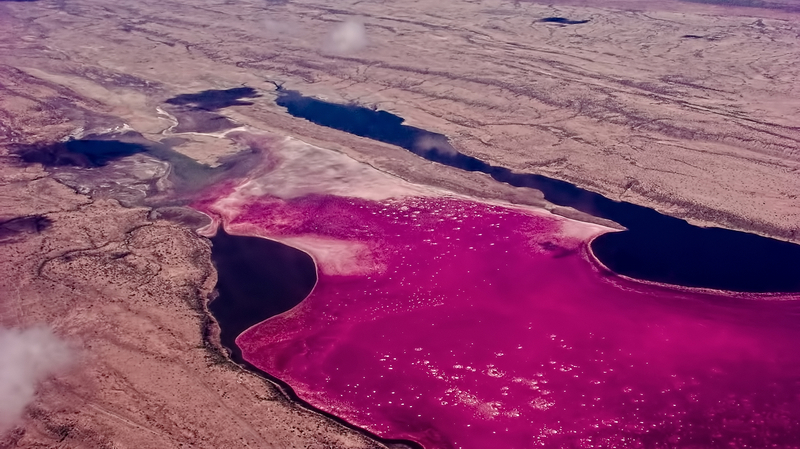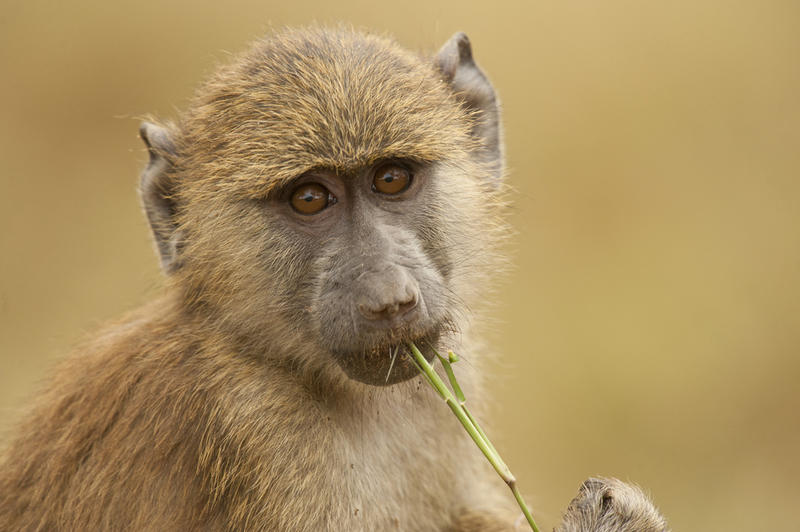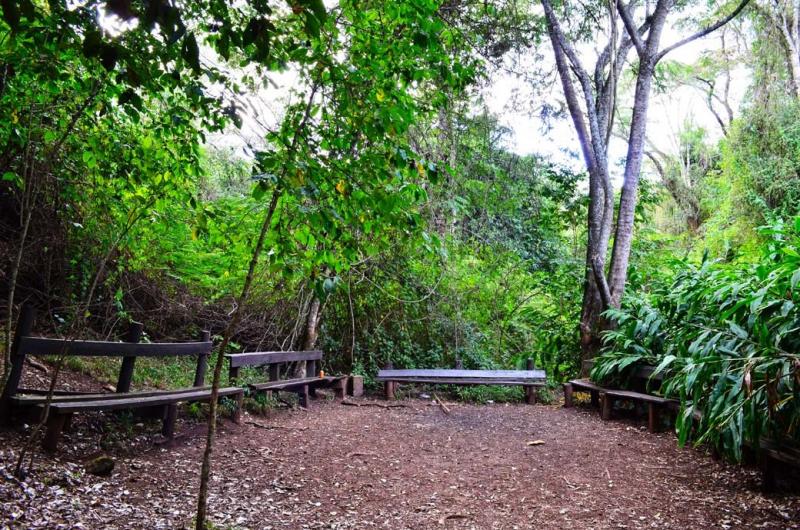- Home
- Attractions
- All Attractions
- ATTRACTIONS PROFILES
Rahole National Reserve
This is a vast stretch of thorny bushland. The National Reserve offers great opportunity for tourists to view hippos, elephants, Beisa oryx, Grevys zebra, crocodiles, and variety of bird species.
-
Game Reserve
Malka Mari National Park
This park stretches along Daua River and is celebrated for being at the extreme northeast of Kenya on Mandera Plateau. With a hot and dry climate, the park was gazetted in 1989 due to its reportedly high concentration of wildlife. Main attractions include Malka Mari Fort, hills and valleys.
-
Fort
-
Mountain
-
National Park
Central Island National Park
"Land of smoke and fire"
Emerging starkly from the blue-green waters of the largest permanent desert lake in the world, Lake Turkana, the Central Island is made up of three active volcanoes that belch sulphurous smoke and steam. Three crater lakes, Crocodile Lake, Flamingo Lake and Tilapia Lake, provide breeding grounds for the world’s largest concentration of Nile crocodiles. Central Island has a campsite where visitors can enjoy the beautifully haunting sight of the lake’s luminous waters wash up onto a black lava beach while the moon rises over the menacingly smoking craters.
Key features
Climate:
Scorching hot and arid (especially December-March) June and July are the coolest months. May-September very strong winds blow both morning and evening. Rainfall less than 250 mm pa and in some places it may not rain for several years.
Vegetation
The vegetation is scant, but some of the sheltered areas are overgrown with think grass and bushes for a short period each year.
Wildlife
The islands are home to hippo, bats and the world’s largest Nile crocodile population.
Birds
More than 350 recorded species including large flocks of flamingos.
Attractions
Crocodile Kingdom
Survivors of an epoch long before mankind, Lake Turkana’s estimated 12,000 crocodiles have not changed in 130 million years. Despite their monstrous size and formidable appearance they are generally inoffensive creatures living in perfect harmony with their environment and feeding on the lake’s prolific fish.
The world’s largest crocodile nursery
Crocodiles breed on the shores of the island’s crater lakes between April and May. The baby crocodiles can be heard squeaking in their eggs, which are buried deep beneath the sand to escape the predatory attentions of monitor lizards and raptors. Their cries bring their parents scurrying to dig them out and carry them down to the water’s edge, where they spend their first months.
Venomous reptiles and prehistoric fish
Turkana is home to some of the world’s most venomous reptiles, including saw-scaled viper, night and puff adder and cobra. There are also many species of fish including huge Nile perch and large tilapia. Puffer fish, a group normally found in seawater, indicate Turkana’s prehistoric connection to the Red Sea.
Abundant birdlife
The islands are home to a profusion of birdlife (over 84 water bird species), including 34 species of European migrants most spectacularly viewed as they return home between March and May. At least 23 species breed here, including Goliath heron, and African skimmer, while African open-billed stork, Duck and Gulls feed on the shores and the volcanic island lakes attract lesser flamingos. Birds of prey are also abundant, especially swallow-tailed kites.
-
Crater
-
Lake or River
-
Lake or River
-
National Park
Sibiloi National Park
“The Cradle of Mankind”
Located on the wild and rugged shores of Lake Turkana – the cradle of mankind - Sibiloi is home to important archaeological sites including Koobi Fora where the fossil remains have contributed more to the understanding of human evolution than any other site in the continent. The area is characterized by semi-desert habitat and open plains flanked by volcanic formations including Mount Sibiloi, where the remains of a petrified forest can be seen. Sibiloi serves as a stopover for migrant waterfowl and is a major breeding ground for the Nile crocodile. Terrestrial wildlife includes zebras, Grant gazelles, lions, leopards, stripped hyenas, Beisa Oryx, greater kudu, cheetahs and northern topi among others. A total of over 350 species of aquatic and terrestrial bird have been recorded in Lake Turkana. Sibiloi is surrounded by the Turkana, the Gabra and the Dassanach who are communities with very rich and unpolluted traditional cultures.
This park is located in a semi-desert ecosystem and was established to protect its wildlife as well as its unique pre-historic and archaeological sites. It harbors a variety of wildlife and bird species as well as preserved wildlife fossils, which include the giant tortoise and 18-20 foot-long crocodile.
Key features
‘Skull 1470’, Homo habilis
Known as the ‘Cradle of Mankind’ Sibiloi National Park was created to protect the sites of the many remarkable hominid fossils finds revealed by its searing winds. The park yielded its most striking treasure in 1972 when a 2 million year old fossilized skull was discovered by eminent paleontologist Dr Richard Leaky and his team. The almost complete skull (labeled ‘1470’ by the National Museum of Kenya) confirmed the existence of a sophisticated evolutionary hominid named Homo habilis, the direct ancestor of Homo sapiens. Evidence of Homo erectus was also unearthed along with some 160 additional finds relating to the early hominids.
The Koobi Fora Museum
At Koobi Fora which is to the north of Allia Bay, extensive paleontological finds have been made, starting in 1969, with the discovery of Paranthropus boisei. The discovery of Homo habilis thereafter is evidence of the existence of a relatively intelligent hominid two million years ago and reflect the change in climate from moist forest grassland when the now petrified forest were growing to the present hot desert. The human and pre-human fossils include the remains of five species, Austrolophithecus anamensis, Homo habilis/rudolfensis, Paranthropus boisei, Homo erectus and Homo sapiens all found within one locality. Koobi Fora deposits, rich in mammalian, molluscan and other fossil remains, has contributed more to the understanding of human evolution than any other site in the continent.
Elephant Site
Sibiloi national park is home to an elephant fossil dating 1.7 million years back and is one of the most magnificent archeological findings.
Giant Tortoise
It is a 1.6 million year old fossil of an extinct tortoise. This is the shell and limb bones of a giant tortoise which is lying upside down and may have died by falling from a river bank on its back.
The tempestuous ‘Jade Sea”
Lake Turkana is an isolated chloro-carbonate alkaline giant; Prolific Birdlife covering 6,400 sq Km. Its mercurial blue-green color has earned it the title ‘The Jade Sea’.
Crocodile Kingdom
Survivors of an epoch long before mankind, Lake Turkana’s estimated 12,000 crocodiles have not changed in 130 million years. Despite their monstrous size and formidable appearance they are generally inoffensive creatures living in perfect harmony with their environment and feeding on the lake’s prolific fish.
Petrified forests
The largest areas of petrified wood lying around Sibiloi are the remains of a once-great cedar forest, which covered the Lake’s shores 7 million years ago.
Prolific birdlife
Sibiloi’s avian highlights include: Somali ostrich, Kori and Heuglin’s bustard, northern carmine and Somali bee-eater, chestnut-bellied sand grouse and fox kestrel. The Park is also famous for the European migrants that sweep across its skies between March-May.
How to get there
- Distance: from Nairobi is 800km North of Nairobi.
- By air: There are 2 all weather airstrips in the park. Other airstrips are also found in Marsabit, Loiyangalani, Kalokol, North Horr and Lodwar. Commercial flights however only operate on the Lodwar airstrip.
- Gates: There is one main gate (Karsa gate); other gates are Alia bay and Koobi fora
- Road: The roads connecting the park with the major town has both tarmac and murrum sections. Long distances are however rough roads. High clearance 4WD is essential all year round. Travelling in convoy is recommended.
- The park is a three day drive from Nairobi via Marsabit and North Horr, or Maralal and South Horr
- Alternatively travel by road from Nairobi to Kalokol on the lake’s western shores , via Kitale and Lodwar. From Kalokol boat hire services are available across the lake to Aliabay.
Attractions
- The major attractions include Lake Turkana which is the most saline of the Africa’s large lakes. It is the world’s largest permanent desert lake and world largest alkaline lake. The soda lake owes its lovely nickname to algae particles which shift with changes of wind and light causing Lake Turkana’s color to change from blue to grey to jade.
- The area is also characterized by semi-desert habitat and open plains flanked by volcanic formation including Mount Sibiloi, the site of the remains of a petrified forest possibly 7 Million years ago.
- Turkana is an outstanding laboratory for the study of plant and animal communities. The park serves as a stopover for migrant waterfowl and is major breeding grounds for the Nile crocodile, hippopotamus and a variety of venomous snakes. The park also has other terrestrial wildlife like Zebras, Grant Gazelles, Lions, Leopards, stripped Hyenas, Beisa oryx; Greater kudu, cheetahs and Northern Topi among others. A total of over 350 species of aquatic and terrestrial bird have been recorded in Lake Turkana.
- At Koobi Fora, extensive paleontological finds have been made, including the evidence of the existence of a relatively intelligent hominid 2 million years ago.
- These human fossils include the remains of Australopithecus robustus , Homo habilis , Homo erectus and Homo sapiens . Other findings include a wide diversity of ancestors of modern animal species. There are over 100 archaeological sites.
- Community: The site is surrounded by communities with very rich and unpolluted traditional cultures. i.e. The Turkana, the Gabra and the Dassanach. During extreme dry season nomads such as Samburu and Rendile are found within the surrounding areas.
-
Birding Site
-
National Park
South Island National Park
"The Isle of Mystery"
Covered end to end in volcanic ash, the nightly glow of its South Island’s luminous vents has inspired numerous tales of ghosts and evil spirits. The island is home to a profusion of birdlife including 34 species of European migrants most spectacularly viewed as they return home between March and May. At least 23 species breed here, including Goliath heron, and African skimmer, while African open-billed stork, Duck and Gulls feed on the shores and the volcanic island lakes attract lesser flamingos. Birds of prey are also abundant, especially swallow-tailed kites. This park is ideal for game watching and has one of the world’s largest concentrations of crocodiles.
Key features
Climate
Scorching hot and arid (especially December-March) June and July are the coolest months. May-September very strong winds blow both morning and evening. Rainfall less than 250 mm pa and in some places it may not rain for several years.
Vegetation
The vegetation is scant, but some of the sheltered areas are overgrown with think grass and bushes for a short period each year.
Wildlife
The islands are home to hippo, bats and the world’s largest Nile crocodile population.
Birds
More than 350 recorded species including large flocks of flamingos.
Fish
There are 60 recorded species of fish in the lake.
How to get there
- By Air: Access to Lake Turkana is usually by air and there are two all-weather airstrips. Also in Loiyangalani
- By road: The Lake is a three day drive from Nairobi via Marsabit and North Horr, or Maralal and South Horr. Alternatively travel by road from Nairobi to Kalokol on the lake’s western shores, via Kitale and Lodwar. From Kalokol boat hire services are available to Central Island.
Attractions
Crocodile Kingdom
Survivors of an epoch long before mankind, Lake Turkana’s estimated 12,000 crocodiles have not changed in 130 million years. Despite their monstrous size and formidable appearance they are generally inoffensive creatures living in perfect harmony with their environment and feeding on the lake’s prolific fish.
The world’s largest crocodile nursery
Crocodiles breed on the shores of the island’s crater lakes between April and May. The baby crocodiles can be heard squeaking in their eggs, which are buried deep beneath the sand to escape the predatory attentions of monitor lizards and raptors. Their cries bring their parents scurrying to dig them out and carry them down to the water’s edge, where they spend their first months.
Venomous reptiles and prehistoric fish
Turkana is home to some of the world’s most venomous reptiles, including saw-scaled viper, night and puff adder and cobra. There are also many species of fish including huge Nile perch and large tilapia. Puffer fish, a group normally found in seawater, indicate Turkana’s prehistoric connection to the Red Sea.
Abundant birdlife
The islands are home to a profusion of birdlife (over 84 water bird species), including 34 species of European migrants most spectacularly viewed as they return home between March and May. At least 23 species breed here, including Goliath heron, and African skimmer, while African open-billed stork, Duck and Gulls feed on the shores and the volcanic island lakes attract lesser flamingos. Birds of prey are also abundant, especially swallow-tailed kites.
-
Birding Site
-
National Park
Marsabit National Reserve
"The Misty Montane Paradise"
Far to the north of Kenya, a densely forested mountain and three crater lakes provide a haven for a variety of birdlife, mammals and reptiles. The beautiful Marsabit National Park is a refuge for huge tusked bull elephants, diverse birdlife and reptiles. Hikes in the dense forest, wreathed in mist can be enjoyed along with camel rides, bird watching and visits to the singing wells.
Wildlife
Elephants, buffalo, greater/lesser Kudu, hyena, Grevy’s zebra, Kirk’s dik-dik, reticulated giraffe, lion, leopard and baboon.
How to get there
- Distance: 560 km north of Nairobi.263 km north of Isiolo.
- Gates: 2 Gates; Ahmed with an exit at Karare, and Abdul to the park headquarters
- Roads: from Nairobi, the reserve is reached via Nanyuki and lsiolo a distance of 570 km. The road is paved up to Merille leaving a distance of 120 km of murram road that is only motor-able by 4 wheel-drive vehicles during the dry season.
- Airstrips: there is an airstrip at Marsabit, 4km from the Park’s main gate.
- By Air: The reserve is 2 hrs by air from Nairobi and is adequately served by a tarmac airstrip located about one kilometer from Marsabit town centre.
Attractions
- Three craters
- Lake paradise
- Last refuge of the huge-tusked bull elephants
- Pristine Forest
- Diverse birdlife
- A variety butterfly
Park Fees
|
Marsabit National Park & Reserve |
Citizen |
Resident |
Non-Resident |
|||
|
Adults KSH |
Child KSH |
Adult KSH |
Child KSH |
Adult USD |
Child USD |
|
|
350 |
200 |
700 |
350 |
30 |
20 |
|
-
Game Reserve
Losai National Reserve
This reserve is a wild, semi-desert landscape characterized by rocky hills, plains and river woodlands, which snake along the seasonal rivers. The scenic beauty is breath-taking with pythons, cobras, bees, beetles and scorpions.
-
Game Reserve
South Turkana National Reserve/Park
This is a rugged but very beautiful expanse of land and consists of dense thorn bushes and riverine forests. It has a number of permanent rivers with woodland fringes and salty springs. The landscape has variety of mixed vegetation, although low on plains game.
-
Game Reserve
Ol Kinyei Conservancy
This pioneering award-winning conservancy was the first conservancy in the mara eco-system where an area of over 8,000 acres was set aside by the community for wildlife and without the presence of human settlements and cattle. The conservancy is now 17,500 acres and belongs to a Maasai community who set aside the land for the purposes of wildlife conservation providing them with tangible returns to help them improve their lives and not be solely dependent on cattle. The Conservancy was formed in 2005 through a partnership between 171 local private landowners and Gamewatchers Safaris & Porini Safari Camps.
Ol Kinyei Conservancy - voted as 'Community Conservancy of the Year 2011 and 2012' in Ecotourism Kenya's Eco-Warrior Awards - was formed as a livestock exclusion zone to promote wildlife conservation through tourism enterprise and as such the small and exclusive Porini Mara Camp was set up within the Conservancy. The camp is operated with the objective of creating income for the community through employment and the leasing of land. The land owners are paid per acre of leased land as well as a fee per bed-night occupied, and 90% of the camp’s staff come from the community.
-
Birding Site
-
Wildlife Conservancy
Lake magadi
Lake Magadi is the southernmost lake in the Kenyan Rift Valley, lying in a catchment of faulted volcanic rocks, north of Tanzania's Lake Natron. During the dry season, it is 80% covered by soda and is well known for its wading, including flamingos
Lake Magadi is a saline, alkaline lake, approximately 100 square kilometers in size, that lies inn endorheic basin formed by a graben. The lake is an example of a "saline pan". The lake water, which is a dense sodium carbonate brine, precipitates vast quantities of the mineral trona (sodium sesquicarbonate). In places, the salt is up to 40 m thick. The lake is recharged mainly by saline hot springs(temperatures up to 86 °C) that discharge into alkaline "lagoons" around the lake margins, there being little surface runoff in this arid region. Most hot springs lie along the northwestern and southern shorelines of the lake. During the rainy season, a thin (<1 m) layer of brine covers much of the saline pan, but this evaporates rapidly leaving a vast expanse of white salt that cracks to produce large polygons. A single species of fish, a cichild Alcolapia grahami, inhabits the hot, highly alkaline waters of this lake basin and is commonly seen in some of the hot spring pools around the shoreline, where the water temperature is less than 45 °C.
Lake Magadi is also well known for its extensive deposits of siliceous chert. There are many varieties including bedded cherts that formed in the lake and intrusive dike-like bodies that penetrated through overlying sediments while the silica was soft. Most famous is "Magadi-type chert", which formed from a sodium silicate mineral precursor magadiite that was discovered at Lake Magadi during the 1960s.
MAgadi township lies on the Lake's east shore, and is home to the Magadi Soda factory, owned by Tata India since December 2005. This factory produces soda ash, which has a range of industrial uses.
-
Birding Site
-
Community Tourism
-
Natural Springs
Ol Donyo Sabuk National Park
“The Ultimate Panoramic Experience”
Dominated by a small mountain covered in montane forest, the Ol Donyo Sabuk National Park is home to 45 species of birds including the white-browed sparrow weaver, grey- headed sparrow weaver, African pied wagtail, mourning dove, augur buzzard, African hawk eagle and purple-breasted sunbird. Buffalo are the dominant animals in the ecosystem and other wildlife include bushbucks, leopards, olive baboons, aardvarks, porcupines, mongoose, pythons and monitor lizard. The mountain’s summit also offers visitors scenic views of Mount Kenya.
Key features
Wildlife
Includes; buffalo, leopard, mongoose, bushbuck, olive baboon, colobus monkey, vervet monkey, Sykes' monkey, Kirk's dik-dik, bush pig, common duiker, reedbuck, rock hyrax, bushbaby, tree and ground squirrel, aardvark, porcupine, python and monitor lizard.
More than 45 species of birds have been recorded.
Attractions
- Montane landscape
- An unusual burial site, McMillan grave
- Wildlife Watching
- Abundant forest birds
- Fourteen Falls
- Scenic views of Mt.Kenya from the summit
Park Fees
|
Ol Donyo Sabuk National Park |
Citizen |
Resident |
Non - Resident |
|||
|---|---|---|---|---|---|---|
|
Adults KSH |
Child KSH |
Adults KSH |
Child KSH |
Adults USD |
Child USD |
|
|
300 |
215 |
600 |
300 |
26 |
17 |
|
-
National Park
Ololua Forest Trail
This nature trail is managed by National Museums of Kenya. This unique eco-system is one of the few existing and well preserved indigenous forests. Besides its research activities, the trail boasts of a tranquil atmosphere suitable for picnicking, family day out, walk in the forest, camping and even honeymoons.
-
Forest
-
Wildlife Conservancy
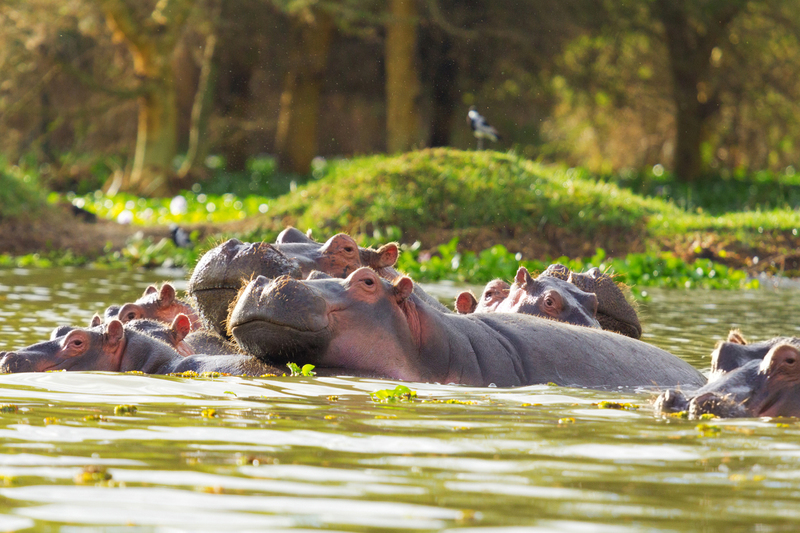
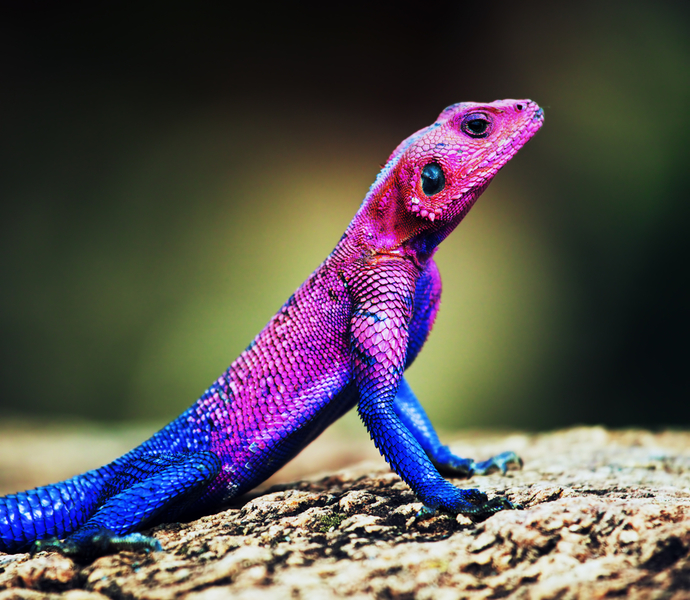
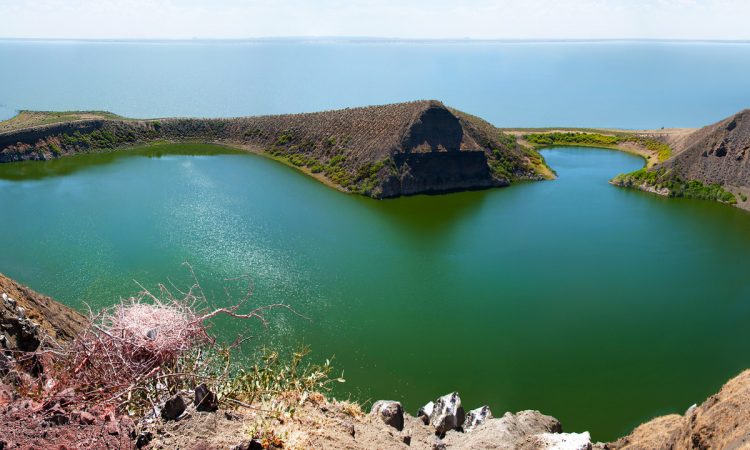
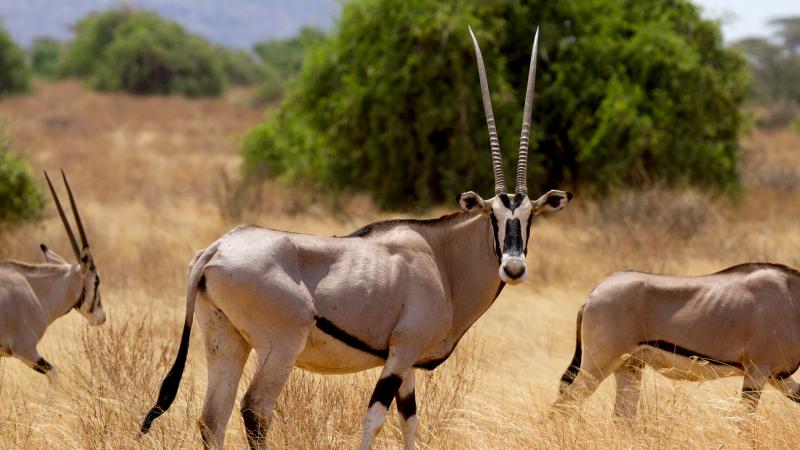
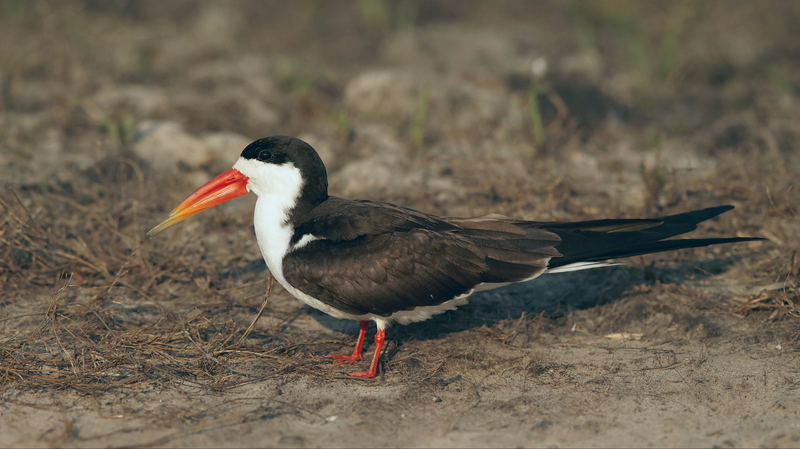
.jpg)
